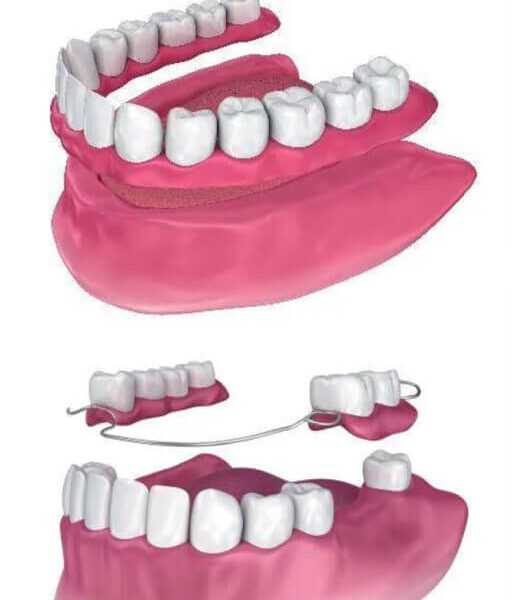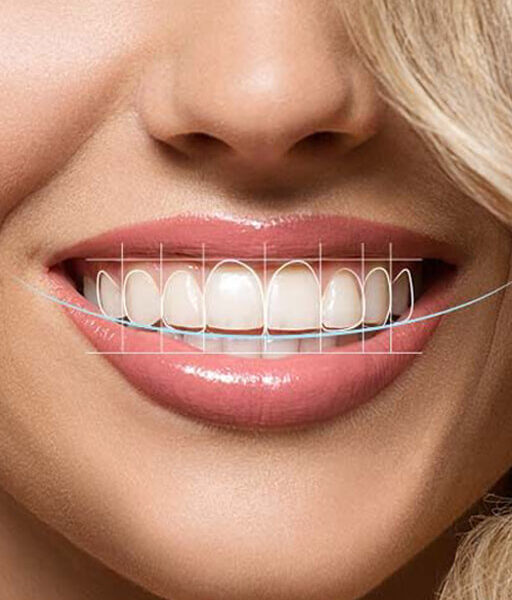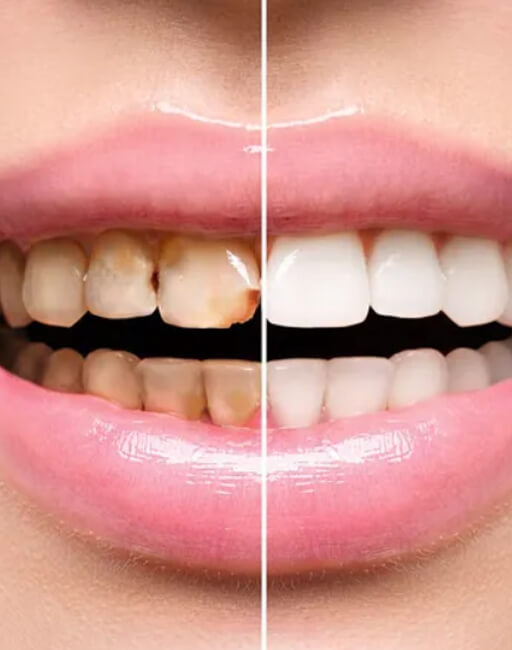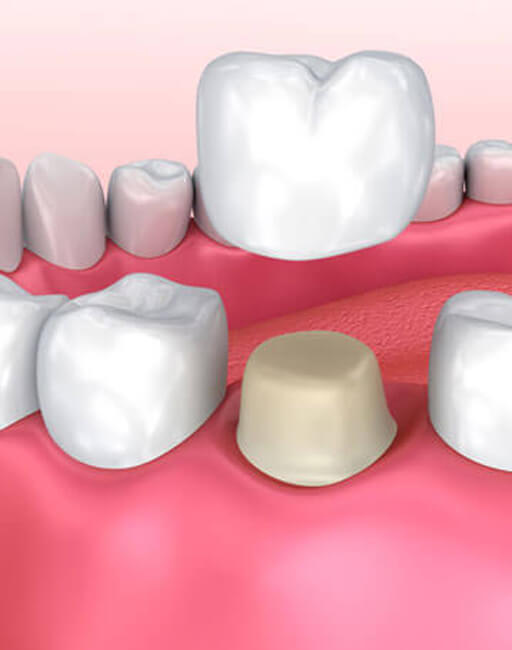What is full mouth rehabilitation or restoration?
Full Mouth Rehabilitation is conducted when the majority of the teeth in a patient’s mouth need restoration and correction. In this procedure, the entire mouth of the patient is taken care of, while also keeping major focus on the aesthetic front.
In other words, full-mouth restoration combines aesthetics with the practices of restorative dentistry to improve the health, function, and beauty of the mouth. A complete mouth restoration is a set of dental procedures that are tailored to the patient’s specific needs. When reconstructing the mouth and restoring oral health, treatment options for jaw joints, bite, smile, and facial support are all taken into account.
Full-mouth rehabilitation can replace missing teeth, repair teeth alignment, fill in gaps, treat periodontal disease, improve any TMD symptoms, improve your smile, boost confidence, and more importantly improve your overall health.
Who is an ideal candidate for full mouth rehabilitation?
Patients with multiple dental issues are typically the ideal candidates for a full mouth restoration or rehabilitation.
Excessive wear due to bruxism – resulting in cracked or fractured teeth.
Gum disease
Several missing teeth
Bite misalignment
Temporomandibular joint pain and severe deterioration
Density loss in the jawbone
Patients undergoing full mouth rehabilitation may require the replacement of previous dental restorations that have worn out over time.
Patients who are candidates for full mouth reconstruction should be in generally good health condition and have multiple oral health issues – majorly focusing on the above list.
What are the Most common procedures conducted under full-mouth rehabilitation?
Onlays, crowns, bridges, veneers, dental implants, dentures, etc. are some of the procedures that are used. This not only gives the necessary smile makeover but also fixes the underlying dental issues and oral function as required.






